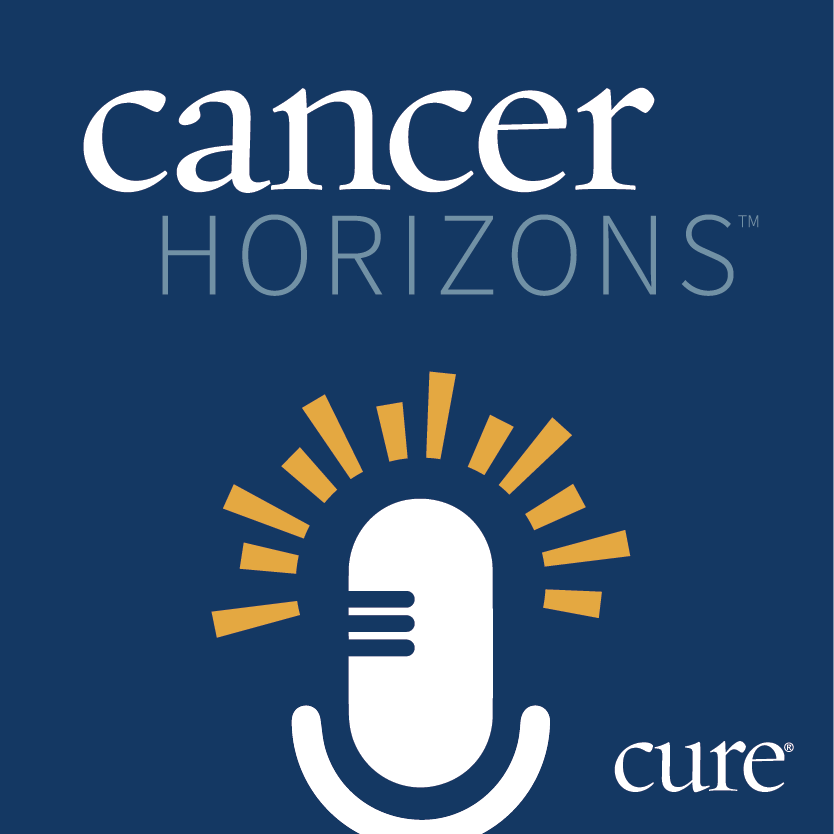Article
The Importance of Treatment-Free Survival in Cancer Care Planning
Author(s):
In cancer clinical trials, the goal, or primary endpoint, is often focused on overall survival. However, one expert from the Dana Farber Cancer Institute thinks treatment-free survival should also be documented to provide patients with the data they need to make informed treatment choices.
In cancer clinical trials, the goal, or primary endpoint, is often focused on overall survival. However, in the case of some cancers, such as advanced kidney cancer and melanoma, one expert from the Dana Farber Cancer Institute thinks the time a patient spends after completing first-line therapy and before starting second-line treatment — or treatment-free survival (TFS) – should also be documented to provide patients with the data they need to make informed treatment choices.
CURE®’s sister publication, OncLive®, sat down with Dr. Meredith Regan at the 18th International Kidney Cancer Symposium to discuss what putting the focus on TFS means for patients, and where her team’s research is headed in the future.
CURE®: In what way does TFS provide a more complete picture of the patient experience, and how do you think this information can be leveraged to improve clinical trials?
Regan: As we thought about how to define TFS, it’s the period from when first-line therapy is discontinued until second-line therapy is started. But what happens is that often just the patients who discontinue therapy get summarized. If the clinician and patient are sitting together at the beginning of therapy and thinking about the path that they want to go on, you want to know about the entire population who started down this pathway — for example, if you’re being treated with nivolumab (Opdivo) plus ipilimumab (Yervoy) — because if a patient is staying on a therapy with continued disease control, that is also a good thing. But in a lot of the analyses, that (information) is not there.
So, we wanted to take a more integrated approach to treatment-free survival and characterizing it, that included all of the aspects. That treatment-free survival is one aspect of patients now living longer with advanced kidney cancer, which is great.
It’s the principle that now that survival is longer, we can really focus on how that survival time is spent, and treatment-free is one time. So, we try to integrate it to think about the time on, which is a first-line therapy, or protocol therapy if it’s a clinical trial; the time they were able to be treatment free; and then the time on subsequent therapies.
But also, with the good that has come with immune checkpoint inhibitors, there's also some bad, and that's an important part for clinicians and patients to be thinking about. Which is, toxicities that happened during treatment, which happens with all systemic therapies, but also that some of those toxicities can persist even after treatment is discontinued.
We wanted to be able to bring that into the analysis as well, so you could understand treatment-free survival, how much of it was spent with ongoing side effects and adverse events that had started from therapy, and how much of it was without those events. So that's how we try to put the whole picture together, to be able to weigh the pros and cons of the different approaches.
What is the key takeaway of your presentation?
It’s the idea of the endpoint itself and the importance of it in this setting, where we’re seeing longer survival for these patients. Helping think about ways to summarize how they spend their survival time and being treatment-free is an incredibly important part of that. And we hope that clinicians and patients will take this information and sit together to make more thoughtful decisions on how to go forward down a treatment path.
It needs more work, too. We’re thinking more about quality of life, especially in future trials and as our colleagues continue to develop new therapy regimens. Think about it: (what) if we’re adding not just a doublet, but three therapies, which could bring more treatment time, more toxicity? Or if we’re thinking about approaches going the other direction: treat intensely to create complete response, or a very deep response, and be able to stop therapy.
As we think about different approaches to go forward, I think treatment-free survival and our analysis’ approach is a really great way to measure what this means for patients and what we’re able to achieve with these regimens.




